How can Intellectual Property protect ideas ?
Intellectual property (IP) encompasses a wide range of creative and innovative works, from inventions and designs to literary and artistic creations. It is however not possible to claim a monopoly right over business ideas or concepts. There are nevertheless effective ways to safeguard the results of your creativity. Let us walk you through them in 3 steps.

1. What is an “idea”?
There’s a common misconception that IP protects ideas. If it was the case, it would create monopolies detrimental to the freedom of commerce, free speech, and creativity. IP protection does not extend to raw ideas but to the tangible expressions or materialized results of those ideas, such as written works, inventions, or artistic creations.
Step 1: Write down your ideas and identify how they can materialize

2. Develop around your ideas
While ideas alone lack legal protection, the surrounding developments can be secured.
In order to support your IP attorney to identify which right to favor, proceed in order:
- Document the development of your project, maintaining detailed records of your creative process, including sketches, drafts, and prototypes.
- Transform your idea into a tangible/material form, like a prototype, a software demo, a corporate identity, a design…
- Identify what makes your project unique, whether it directly concerns a product or the way you provide this idea, and integrate it in a brand model.
In all these actions, the most important will be to keep everything secret or under NDA (non-disclosure agreement) if third parties are involved. Experience shows that one should trust nobody when developing new concepts (think Facebook/M. Zuckerberg).
Step 2: Take the first actions leading to your unique selling proposition and keep them secret

3. Apply for IP Protection
Presenting the results of the first two steps to your IP attorney, will allow you to choose the appropriate IP rights, namely:
– Copyrights and Author rights safeguard the expression of ideas, notably literary and artistic works, including books, music, paintings, films, and computer programs. It grants creators the right to control how their work is reproduced, distributed, and performed, and earn royalties when others use them.
– Patents protect new and technical inventions, such as new products, processes, or methods. For example, a groundbreaking software algorithm or a unique medical device.
– Trademarks distinguish goods or services of one enterprise from others. They include brand names, logos, and slogans. They prevent confusion in the marketplace, build brand recognition, and are a key factor in building consumer trust and loyalty. For example, a strong brand would make it possible to unequivocally attribute the realization of your idea or concept to you, to your reputation, to your company, so that the public can instantly recognize the desired quality level and the particular style they seek.
– Domain name acquisition: while not a traditional IP right, domain names are essential for your digital roll-out (link to other Insight) and ensure Web exclusivity and cybersecurity.
– Industrial designs protect the aesthetic aspects of functional articles. They cover shapes, patterns, and ornamentation, from an original perfume bottle shape to the stylized form of a chair. Design rights prevent unauthorized copying of product designs, allowing manufacturers to safeguard their unique product appearances.
– Finally, if you believe that the content of your idea might provide you with a competitive advantage if it remains undisclosed, then treat is as Trade Secret: limit access to authorized persons only, using confidentiality agreements (NDAs) with employees, contractors, and partners. Its protection will depend on the material and temporal capacity to keep it secret.


